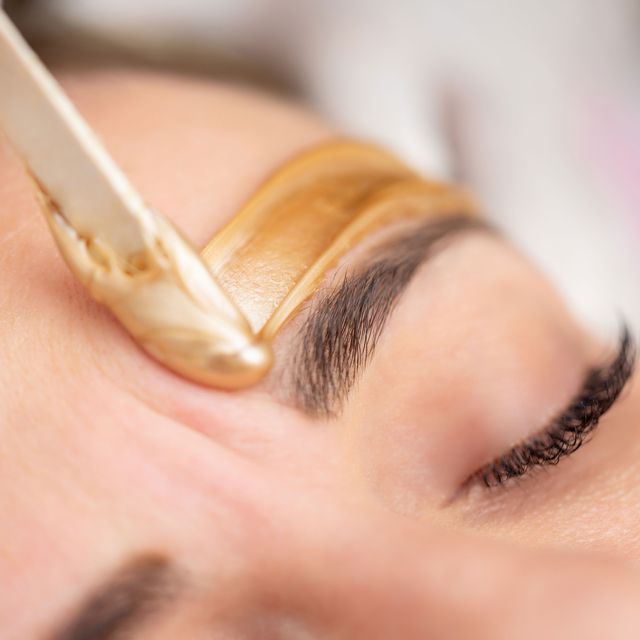When it comes to hair removal, there are numerous techniques and best practices to consider for effective and safe outcomes. Each method, from shaving to laser treatments, offers unique advantages and limitations. Understanding these options can help individuals make better choices tailored to their skin type and hair growth patterns. Additionally, incorporating proper pre-and post-care routines can enhance the overall effectiveness of any hair removal strategy. This guide delves into various hair removal techniques, accompanying best practices, and expert tips to ensure optimal results.

Different Hair Removal Techniques
Shaving is one of the most commonly used methods for hair removal due to its simplicity and speed. To achieve the best results, it’s important to use a sharp blade and a quality shaving cream or gel to reduce friction and irritation. It’s advisable to shave in the direction of hair growth to minimize ingrown hairs and razor burn. Although an easy method, keep in mind that the results are temporary, with regrowth often occurring within a few days. Pros of shaving include its accessibility and convenience, while cons include a higher risk of cuts and skin irritation.
Waxing
Waxing offers a semi-permanent solution, as it removes hair from the root. There are two primary types of wax: soft wax (used with strips) and hard wax (which hardens and is removed without strips). Each has its own set of techniques and precautions to consider. It’s essential to select the right type of wax for the area being treated and to ensure the skin is adequately prepared. While waxing can provide longer-lasting results compared to shaving, it may also cause discomfort and requires regular maintenance sessions. Understanding the characteristics and methods associated with waxing can significantly improve your experience.

Depilatory Creams
Depilatory creams dissolve hair at the skin’s surface, providing another hair removal option. Application techniques are crucial to avoiding skin irritation, so it’s recommended to perform a patch test beforehand. It’s essential to choose a product designed for your specific skin type to mitigate allergic reactions. The advantages of using depilatory creams include easy application and painless hair removal. However, they may not provide as long-lasting results as waxing and can sometimes cause skin sensitivity. Pros and cons must be weighed carefully when considering this option.

Skin Preparation and Aftercare
Proper skin preparation is essential for achieving the best results and minimizing potential irritation. Begin by exfoliating the targeted area to remove dead skin cells, which helps prevent ingrown hairs and maximizes the effectiveness of your hair removal technique. Hydration plays a significant role as well, so make sure to moisturize your skin adequately before any treatment. If you’re trying a new method, such as waxing or depilatory creams, perform a patch test on a small skin area 24 hours prior to avoid adverse reactions. By properly preparing your skin, you can enhance results and reduce discomfort.
Aftercare Best Practices
Post-hair removal care is just as important as preparation, as it can significantly affect your skin’s health. Immediately after hair removal, applying a soothing lotion or gel, such as aloe vera, can help calm any irritation. Avoid products with fragrances or heavy ingredients that could exacerbate sensitivity. It’s also recommended to stay out of the sun for at least 24 hours to reduce the risk of hyperpigmentation and skin damage. Lastly, steer clear of any exfoliation for a few days to allow the skin to recover fully. Following these aftercare practices can lead to smoother skin and improved results.

Tips for Achieving Optimal Results
Selecting a hair removal technique that suits your skin type is crucial for achieving desirable results. For sensitive skin, methods such as laser hair removal or gentle waxing may be more suitable, as they minimize the risk of irritation. Individuals with coarse or thick hair might find that waxing or epilation provides the most effective longer-lasting results. It’s essential to consult with a professional if you’re unsure about which method will work best for you, as they can provide tailored recommendations based on your unique needs.
Essential Tools and Products

Equipping yourself with the right tools can greatly enhance your hair removal experience. Below is a list of recommended tools and products:
- Quality razor: A multi-blade or electric razor provides a closer shave.
- Waxing kit: Look for a comprehensive kit that includes both wax and application tools.
- Exfoliating scrub: Use prior to hair removal to prepare the skin.
- Aloe vera gel: Ideal for soothing the skin post-removal.
- Moisturizer: Keep your skin hydrated at all times.
Hair Removal Course Overview
If you’re interested in mastering the art of hair removal, consider enrolling in a professional hair removal course. These courses offer in-depth knowledge about various techniques, safety precautions, and aftercare best practices. You’ll find invaluable insights from experienced instructors, improving both your technique and understanding of skin types. Many courses also provide hands-on practice, enabling you to learn effectively and confidently.

Comparative Overview of Hair Removal Techniques
Understanding the different hair removal techniques side-by-side can aid in making informed decisions. Here’s a quick reference table:
| Technique | Duration of Results | Pain Level | Skill Required |
|---|---|---|---|
| Shaving | 1-3 days | Low | Low |
| Waxing | 3-6 weeks | Medium | Medium |
| Depilatory Creams | 1 week | Low | Low |
| Epilation | 3-4 weeks | Medium to High | Medium |
| Laser Hair Removal | Permanent | Medium | High (professional) |
| Electrology | Permanent | Medium | High (professional) |
Conclusion
In conclusion, understanding the various hair removal techniques and best practices is crucial for selecting the most appropriate method for your needs. Whether you prefer shaving, waxing, or more advanced options like laser treatments, each method has its own pros and cons that should be carefully weighed. Additionally, prioritizing skin health through proper preparation and aftercare can significantly enhance your hair removal experience. Therefore, don’t hesitate to experiment with different methods and find what works best for you while ensuring your skin remains healthy and radiant.
FAQs
Shaving is typically quicker and less painful than waxing, but it provides shorter-term results. Waxing removes hair from the root and can last longer, but it may cause more discomfort.
How often should I use depilatory creams on my skin?
It’s usually recommended to use depilatory creams no more than once a week to prevent irritation, but always follow the instructions on the product packaging for the best results.
Can I do laser hair removal at home?
While some at-home laser hair removal devices are available, professional treatments are generally more effective and safer. Consulting with a licensed practitioner is advisable.
What should I do if my skin becomes irritated after hair removal?
If you experience irritation, apply a soothing lotion or aloe vera gel, and avoid further hair removal until the irritation subsides. If symptoms persist, consult a dermatologist.
Is electrolysis safe for all skin types?
Electrolysis is generally safe for all skin types, but sensitive skin may require special care and consultation with a qualified electrologist to tailor the treatment to individual needs.



